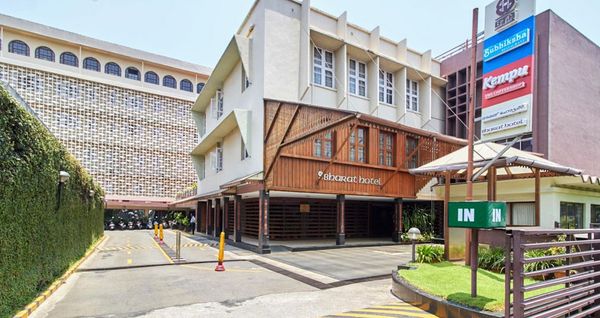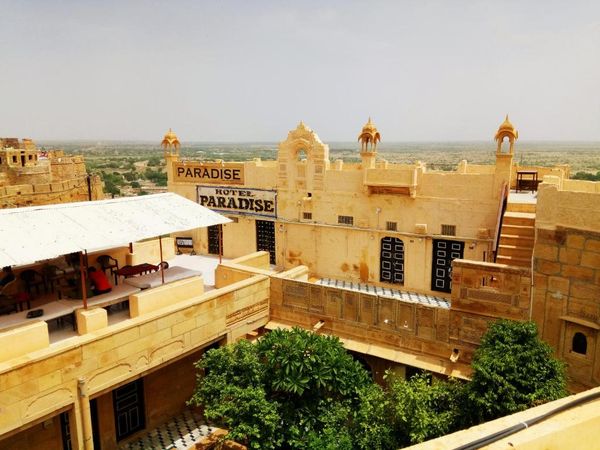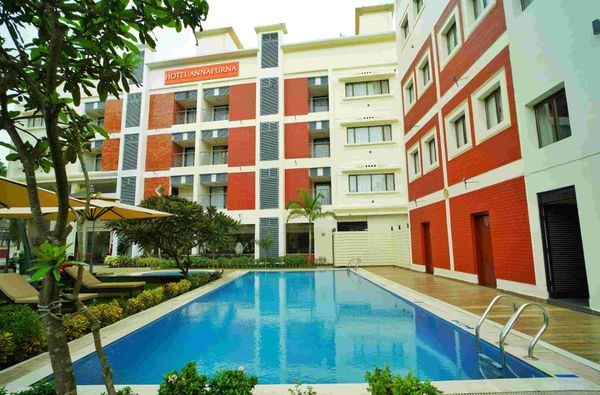Exploring the Scenic Villages of the Har Ki Dun Trek
 Ashish Rawat
12 Aug, 2025
14 mins read
32
Ashish Rawat
12 Aug, 2025
14 mins read
32
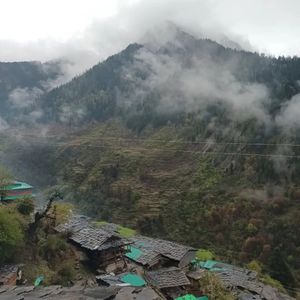
The Har Ki Dun trek is one of Uttarakhand’s most enchanting Himalayan journeys. Beyond the dramatic snow-capped peaks, lush forests, and vibrant meadows, this trail takes you deep into the heart of traditional Garhwali culture through a series of scenic villages. Each village along the way offers a glimpse into a lifestyle that has remained unchanged for centuries, where age-old customs meet breathtaking natural beauty.
This article explores the most picturesque villages on the Har Ki Dun trek, what makes them unique, and why they add a rich cultural layer to your trekking adventure.
Why the Villages Matter on a Himalayan Trek
When you think of Himalayan trekking, towering mountains and pristine nature often come first to mind. But trekking in Uttarakhand is as much about the people and their way of life as it is about the scenery. The villages along the Har Ki Dun trail are living museums of traditional architecture, local festivals, farming practices, and warm hospitality.
Spending time in these villages gives trekkers a chance to rest and recharge, while also connecting with the local community. You’ll hear stories passed down through generations, taste authentic Garhwali food, and witness cultural rituals that have stood the test of time. This fusion of nature and culture transforms the trek into a holistic experience that goes beyond just a physical challenge.
Key Villages on the Har Ki Dun Trek
1. Sankri: The Gateway Village
Sankri is the last motorable village on the route and the main base camp for the Har Ki Dun trek. Nestled at about 6,400 feet, this peaceful settlement is surrounded by dense pine and oak forests.
Sankri is equipped with guesthouses, tea stalls, and small shops catering to trekkers, but it has maintained its authentic Garhwali charm. The friendly locals are always ready to welcome visitors with a smile and share insights about the surrounding wilderness.
Before starting your trek, spending a night in Sankri is highly recommended to acclimatize and enjoy the crisp mountain air. Watching the sunset over the snow-capped peaks from the village is a perfect way to begin your Himalayan adventure.
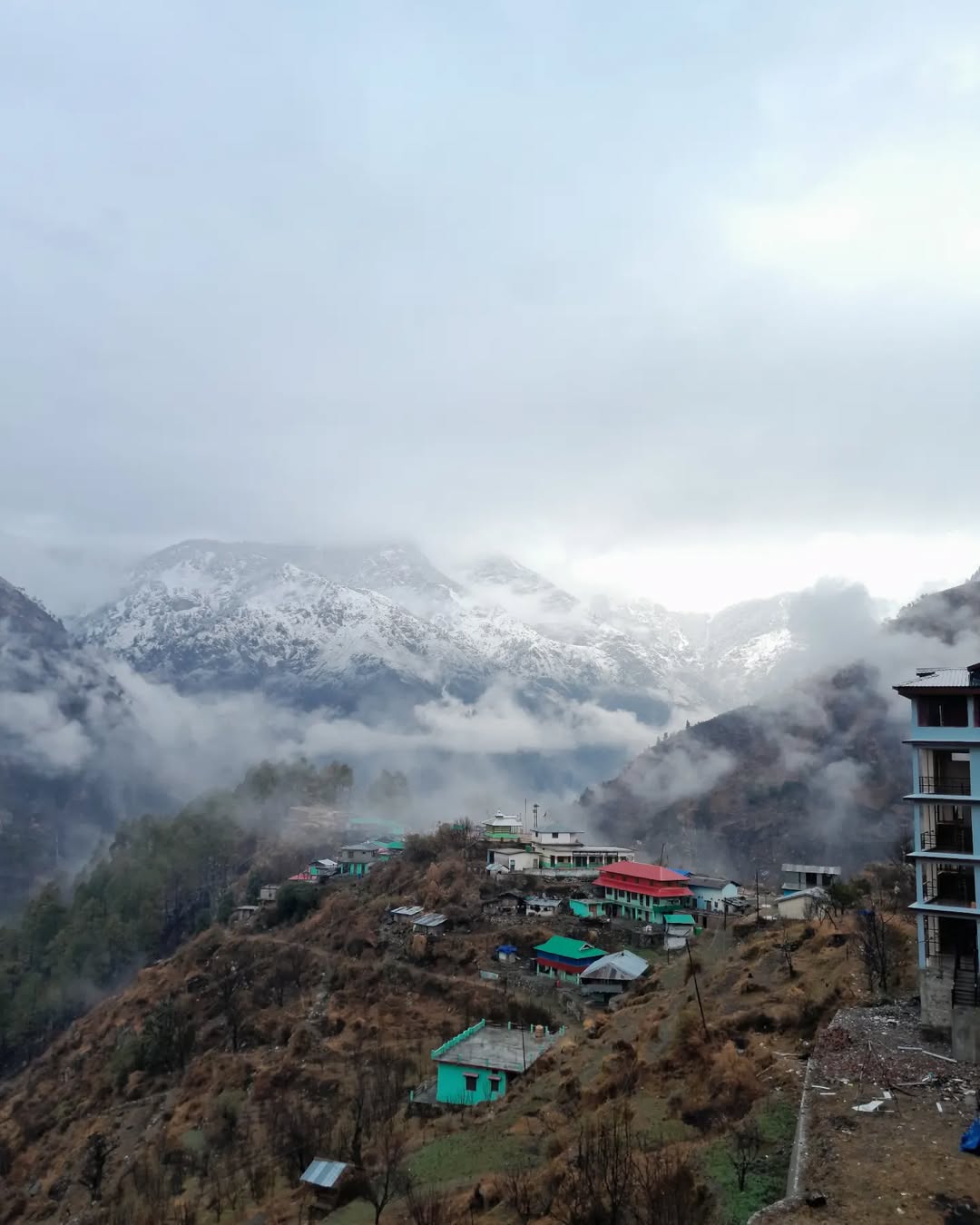
2. Osla Village: A Cultural Pause
As you ascend from Sankri, Osla village is the first major settlement you encounter. Located amidst thick forests and apple orchards, Osla offers a serene atmosphere for rest and acclimatization.
Osla’s stone and wooden houses, traditional slate roofs, and narrow lanes provide a glimpse into the Himalayan rural lifestyle. Here, many families still follow age-old farming methods, growing crops like barley and potatoes on terraced fields.
Interacting with villagers in Osla can be a highlight of the trek. Many are involved in eco-tourism and welcome trekkers into their homes for warm meals and stories about local myths and mountain spirits.
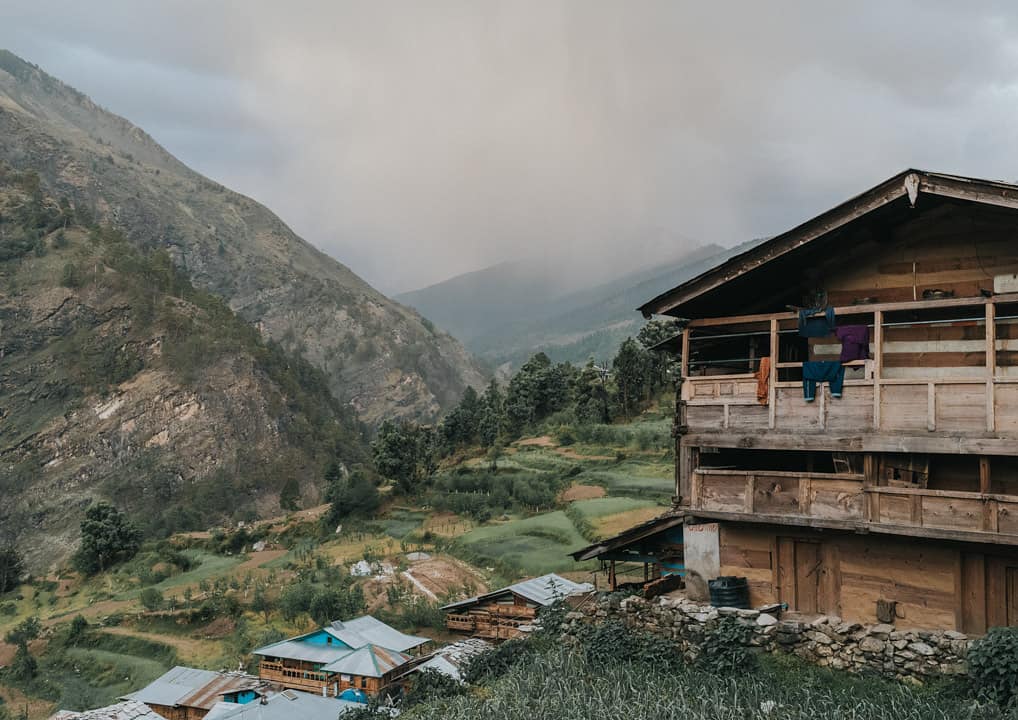
3. Seema Village: The Transition Zone
Further up the trail lies Seema, a quaint village where the dense forests begin to give way to open meadows. Surrounded by tall deodar trees and pine forests, Seema is an ideal resting point for trekkers before they head into the higher altitudes.
The village architecture reflects a harmonious blend of wood and stone, designed to withstand the harsh Himalayan winters. Traditional prayer flags flutter in the breeze, adding vibrant colors to the green surroundings.
Seema is not just a stopover; it’s a chance to observe the harmony between humans and nature that locals have nurtured for generations. You might spot shepherds guiding their flocks or farmers tending to small vegetable patches.
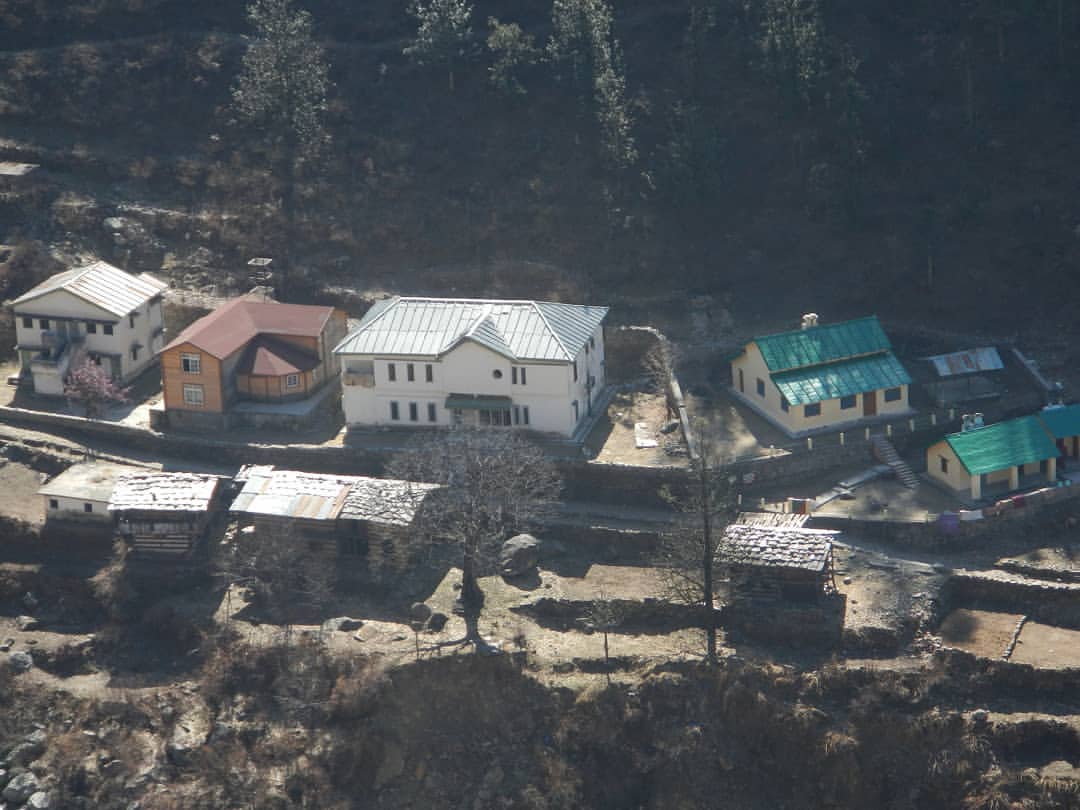
4. Taluka: The Himalayan Hamlet
Taluka is a smaller, less-visited village that offers a more secluded experience. Situated close to the entrance of the Har Ki Dun valley, Taluka is surrounded by alpine meadows and dense forests.
The village’s remote location means fewer tourists, giving you a chance to witness authentic rural Himalayan life without distractions. Taluka’s residents are mainly shepherds and farmers who live in simple houses built from locally sourced wood and stone.
During your stay, you can learn about traditional crafts, local cuisine, and even join in seasonal celebrations if your timing is right.
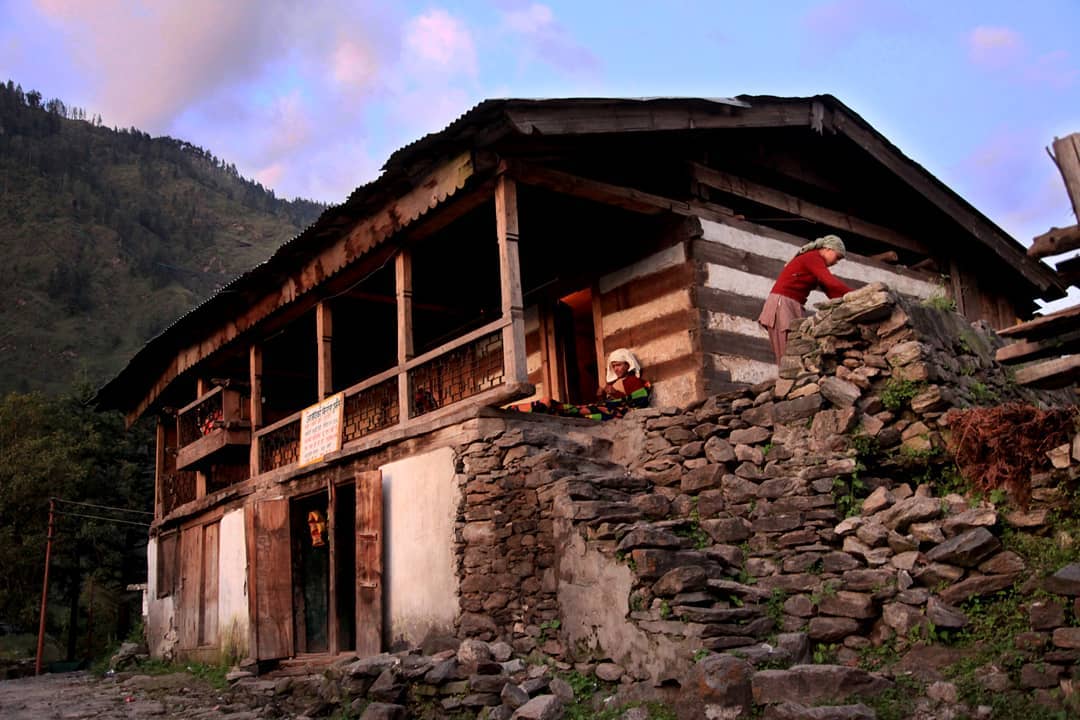
5. Har Ki Dun Village: The Final Stop
At the end of the trek lies Har Ki Dun village itself, nestled deep in the valley and framed by towering peaks like Swargarohini and Bandarpoonch. The village is steeped in mythology and local lore, often called the “Valley of Gods.â€
Har Ki Dun village is where trekkers experience the most authentic Himalayan culture. The houses here are larger, often with intricately carved wooden balconies and ornate prayer rooms. Locals celebrate festivals with music and dance, inviting guests to join in the festivities.
The village also serves as a base for exploring the stunning alpine meadows and pristine lakes in the area, offering endless opportunities for nature walks and photography.
What to Expect in These Villages
Traditional Architecture
The villages along Har Ki Dun showcase classic Garhwali mountain architecture. Stone walls, wooden beams, and slate roofs dominate the landscape, built to withstand heavy snowfall and chilly winds. Many houses have prayer rooms filled with images of local deities, reflecting the spiritual connection villagers share with their environment.
Warm Hospitality
Garhwali hospitality is legendary. Visitors are often invited to share meals, enjoy local herbal teas, and listen to folk tales by the fireplace. This warmth makes the trekking experience memorable and helps you understand the deep bond between the people and their land.
Local Cuisine
The diet in these villages is simple but hearty. Staples include mandua (finger millet) roti, gahat (horse gram) curry, and locally grown vegetables. You might also get to try madua ka halwa, a sweet dish made from millet, perfect after a cold day of trekking.
Festivals and Traditions
If your trek coincides with local festivals, you could witness vibrant celebrations featuring traditional music, dance, and rituals. These festivals are deeply tied to nature worship and seasons, showcasing the spiritual rhythm of mountain life.
Why Visiting These Villages Enriches Your Trek
Exploring the villages of Har Ki Dun is more than a rest stop it’s an immersive cultural experience. These villages help trekkers slow down and appreciate the human element of the Himalayas, which often gets overshadowed by the grandeur of the mountains.
Interacting with locals offers fresh perspectives on sustainable living, resilience, and the harmony between people and nature. It also supports the local economy and encourages eco-tourism, which helps preserve this fragile environment and culture.
Practical Tips for Visiting Har Ki Dun Villages
- Respect Local Customs: Dress modestly and seek permission before photographing people or their homes.
- Stay in Homestays: Opt for local guesthouses or homestays to experience authentic hospitality and contribute to the community.
- Carry Cash: ATMs are not available in villages, so carry enough cash for your stay.
- Pack Light but Prepared: Basic amenities might be limited, so bring essential toiletries, medicines, and warm clothes.
- Waste Management: Carry back your trash and avoid single-use plastics to protect the environment.
How to Reach Har Ki Dun Trek
By Air
The nearest airport to Har Ki Dun is Jolly Grant Airport in Dehradun, about 210 kilometers away. From here, you can hire a taxi or take a bus to reach the trek base village, Sankri.
By Train
The closest railway station is Dehradun Railway Station, which is well-connected to major Indian cities like Delhi, Mumbai, and Kolkata. From the station, taxis and buses are available to Sankri.
By Road
Sankri is the last motorable village and the starting point for the trek. It is connected to Dehradun and other towns by a well-maintained road. Regular buses and shared taxis run between Dehradun and Sankri. The road journey is scenic but winding, so it’s advisable to start early.
Best Time to Visit Har Ki Dun Trek
- March to June: Spring and early summer offer pleasant weather, blooming rhododendrons, and clear views of the Himalayas. Ideal for those who enjoy vibrant landscapes and moderate temperatures.
- September to November: Autumn brings stable weather, crisp air, and stunning clear skies, making it a perfect time for trekking and photography.
- December to February: Winter is for experienced trekkers prepared for snow and cold temperatures. The trail becomes a snowy wonderland but requires warm clothing and trekking experience.
Packing Tips for Har Ki Dun Trek
- Clothing: Layered clothing is essential include thermal innerwear, fleece jackets, and a waterproof outer shell.
- Footwear: Sturdy, waterproof trekking boots with good ankle support are recommended.
- Accessories: Warm gloves, woolen hats, and sunglasses to protect against UV rays and cold winds.
- Backpack Essentials: Water bottles, trekking poles, sunscreen, basic first aid kit, and snacks.
- Other: Carry a good sleeping bag suitable for cold weather if you plan to camp, and don’t forget biodegradable toiletries to minimize environmental impact.
Conclusion
The scenic villages along the Har Ki Dun trek add a unique cultural richness to an already breathtaking journey. They invite trekkers to step into a world where nature and tradition coexist in perfect harmony. From the welcoming smiles in Sankri to the spiritual aura of Har Ki Dun village, every settlement tells a story of resilience, community, and timeless Himalayan beauty.
By exploring these villages, you don’t just complete a trek you connect deeply with the heart of the Garhwal Himalayas.
Written By:
Ashish Rawat



Hotels at your convenience
Now choose your stay according to your preference. From finding a place for your dream destination or a mere weekend getaway to business accommodations or brief stay, we have got you covered. Explore hotels as per your mood.
